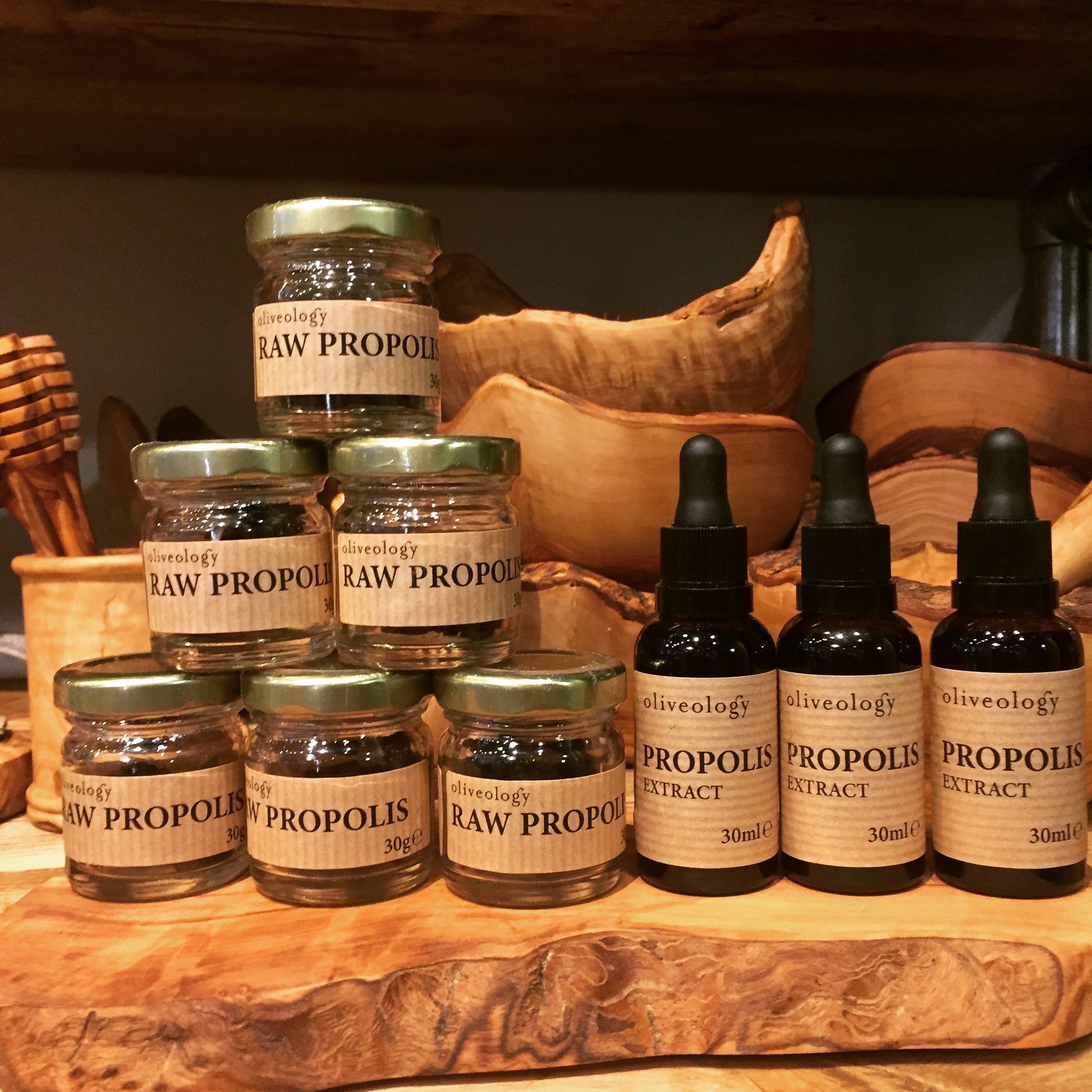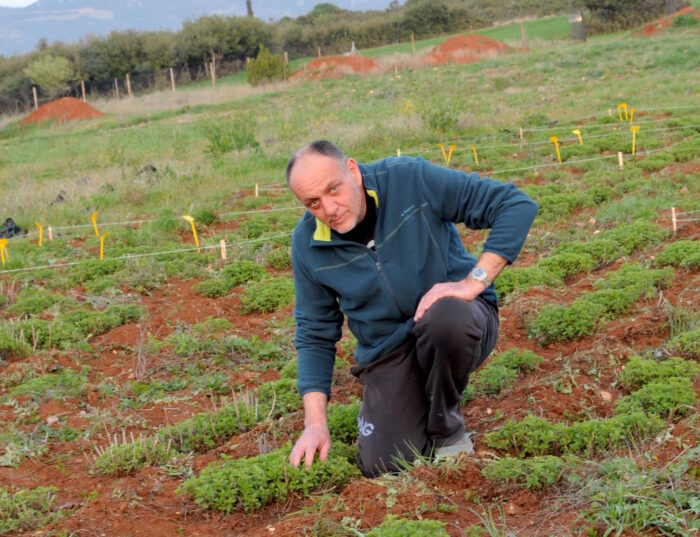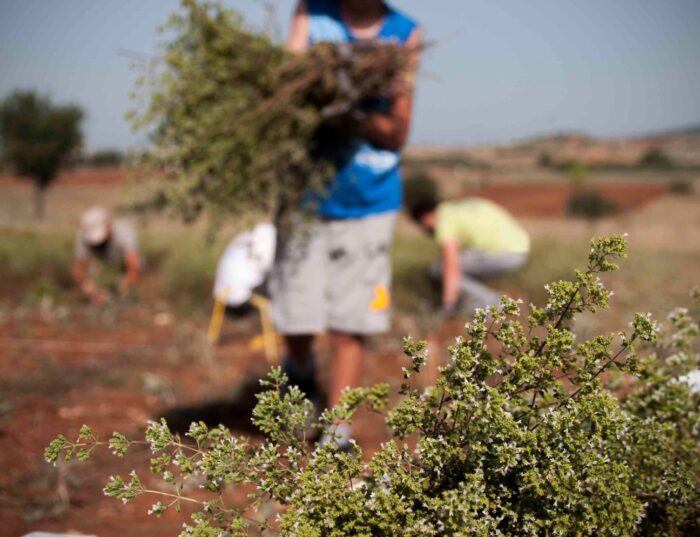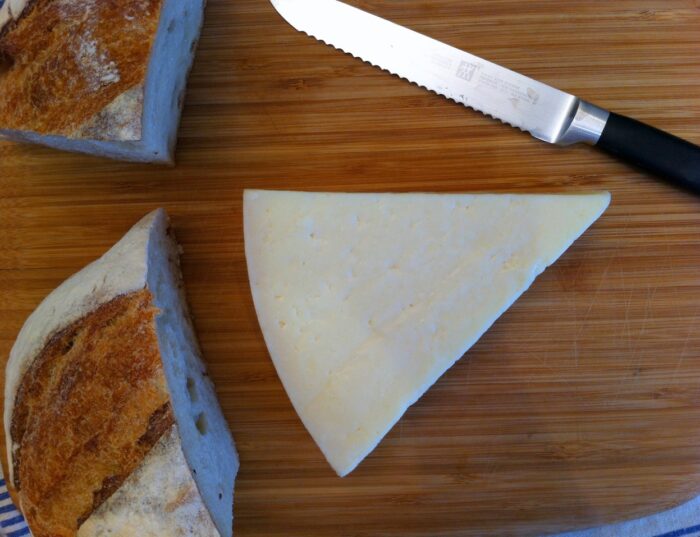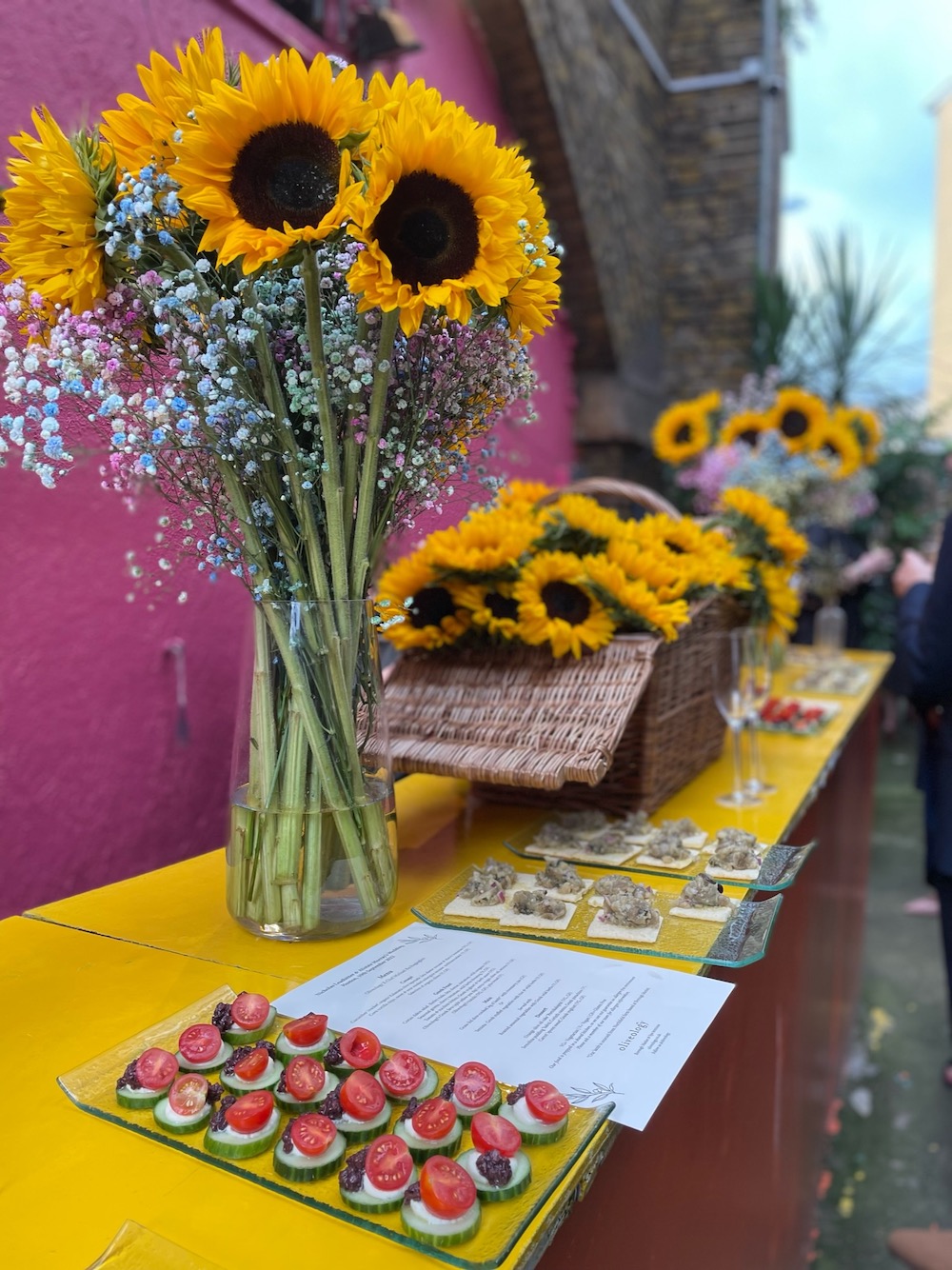Propolis is a collection of sticky resins that bees collect from sources such as poplar, pine, chestnut etc. The name comes from Greek, and means “in front of the city” as wild beehives often have large walls of propolis extending from the entrance to aid defence and reduce (or channel) wind. Propolis is collected in much the same way as pollen, and packed into small baskets on the bee’s hind legs. However because of its sticky nature, they must get help from neighbouring bees to remove it. Propolis is chewed by bees, mixed with saliva and used in the hive to fill small gaps, either on its own or mixed with wax to prevent parasite accumulation in areas of the hive they cannot access. It is also used to reinforce combs to allow greater strength and to avoid summer softening (propolis has a higher melting point). Its most famous role, however, is as an antibacterial, antiviral, antifungal coating to the hive. It is the substance that makes a beekeeper’s job difficult, if you have ever witnessed how hard it can be to remove cover boards and frames from a hive, due to the sticky nature of propolis.
Propolis was well known to the ancient Greeks as a cure for dental abscesses, infections, colds and flu and as a general healing remedy, and is having something of a renaissance today as we look for more natural remedies. These days propolis is best collected from insect screens placed at the top of hives, encouraging bees to fill the gaps. This avoids the dangers of scraping wooden hive surfaces for propolis with the associated contaminants.
Oliveology propolis is collected using the insect screen method, and is of excellent quality. Try our propolis extract (propolis dissolved in alcohol) or our raw propolis for the old school/ hardcore amongst you! It’s the bees knees!
